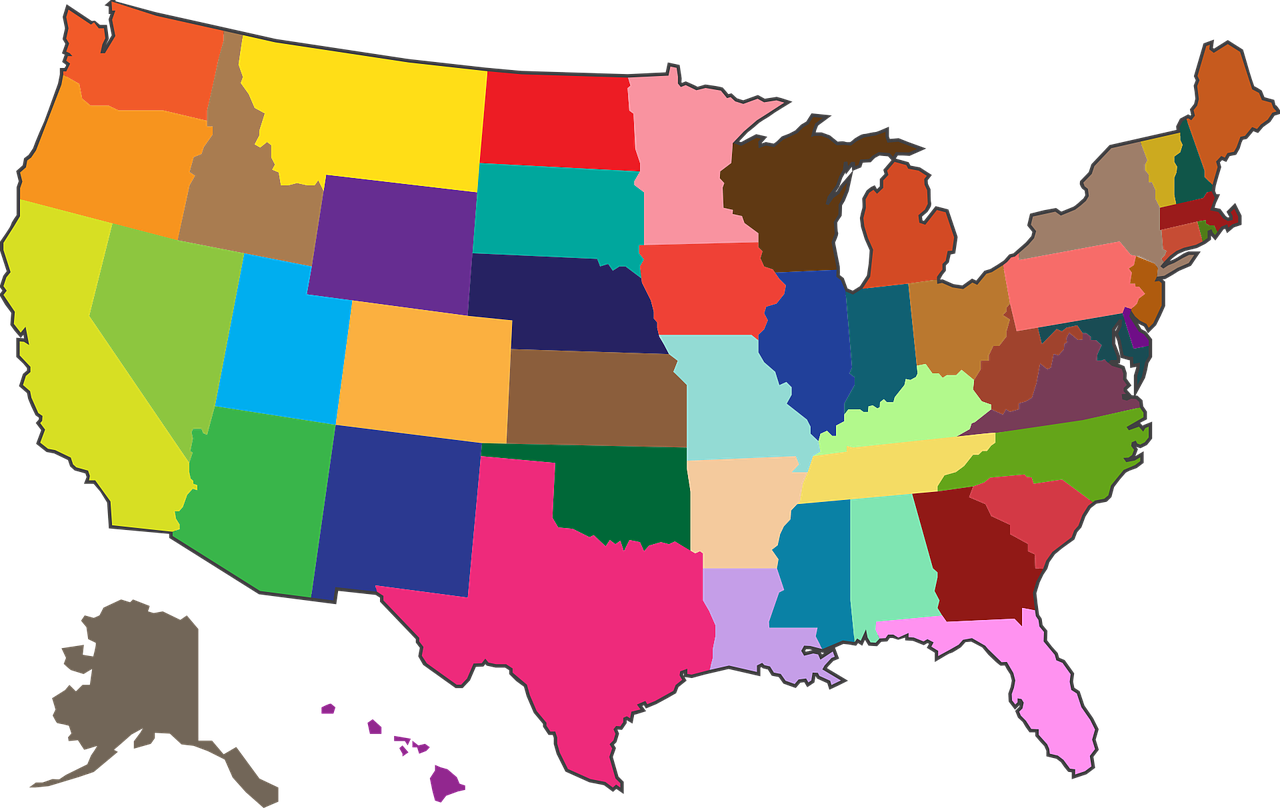Editor's note: Article was updated on March 5, 2020, to also include more recent news that the National Labor Relations Board (NLRB) also released a revised joint employer rule.
After much anticipation, on January 12, the U.S. Department of Labor (DOL) announced a long-awaited final rule on joint-employer status. Under the Fair Labor Standards Act (FLSA), the new rule clarifies the definition of “joint employer,” and makes it easier for businesses to navigate relationships with other employers — without questions of wage and hour obligations. The final rule will take effect March 16, 2020.
Wait, what is a joint employer?
A joint employer is an individual or entity that shares the control and supervision of an employee's activity with one or more business entities. According to the FLSA, a joint employer can be held jointly and severally liable for wage and hour obligations to the employee. In other words, if an employer is deemed a joint employer by the DOL, they share liability for paying things like minimum wage or overtime to non-exempt employees.
How do companies determine if they’re a joint employer?
As part of its first substantive update to the joint-employer rule in more than 60 years, the DOL created a test to determine whether companies have joint-employer status under the FLSA. In that test, the department will consider whether an employer:
- Hires and fires employees.
- Supervises and controls employees' work schedules or conditions of employment to a substantial degree.
- Determines employees' rate and method of payment.
- Maintains employment records.
While all of these factors will be taken into consideration, no single factor can determine joint-employer status, and the weight of these factors can vary from case to case.
However, to be considered a joint employer, a company must actually exercise (or act on) — whether directly or indirectly — one or more of these four control factors. Reserving the right to control the employee’s working conditions, but not actually taking action is not enough to establish a company as a joint employer.
When does the joint-employer rule apply?
As a practical guide for employers, the final rule includes several examples (see page 156) illustrating the application of the four-factor test. These examples are intended to help employers with joint employment concerns as they structure their business relationships with other companies. The final rule also identifies certain business models and business practices that do not make joint-employer status more or less likely, including:
- Having a franchisor business model.
- Providing a sample employee handbook to a franchisee.
- Allowing an employer to operate a facility on the company's grounds.
- Jointly participating with an employer in an apprenticeship program.
- Offering an association health or retirement plan to an employer or participating in a plan with the employer.
- Requiring a business partner to establish minimum wages and policies around topics such as workplace safety, sexual harassment prevention and more.
What does the final rule mean for employers?
Since the new standard for determining joint-employer liability is narrower under the final rule, it should make it easier for employers to work together as they oversee and collaborate with business partners. The final rule is also employer-friendly when it comes to employees. It clarifies that an employee’s “economic dependence” on a company doesn’t determine whether that company is a joint employer.
While the final rule should give employers more clarity if they have joint liability concerns, they should still be wary of the potential risks of joint-employer status. To play it safe, employers should consult with experts if they have concerns related to potential joint-employer relationships.
Stay tuned
There’s more to come on the joint-employer front, as various other government agencies join the DOL with their own revamped definitions. The Equal Employment Opportunity Commission (EEOC) is still expected to chime in, but you can already read up on what the National Labor Relations Board (NLRB) has to say with their new rule. Check that out here.
As always, we’ll keep you posted on the latest developments, but to make sure you don’t miss out, follow us on LinkedIn and Facebook.










